March 9, 2017
What the budget meant for the workplace; experts have their say 0
 As has been the case with recent UK Government Budget announcements, Chancellor Philip Hammond’s first Budget addressed a number of issues related to the workplace, technology and infrastructure. It was the first Budget delivered in the post Brexit era and this clearly informed many of the announcements made. While most of the headlines over the past 24 hours have related to the changes to the tax status of the self-employed as a way of raising around £2 billion, the announcements also covered a broad range of topics related to the workplace, HR, technology and property sectors and have drawn an immediate response from key figures in the sector. These include nearly half a billion pounds relief on the vexed question of business rates reforms, a new focus on technical qualifications and a greater investment in 5G and other forms of digital infrastructure. We’ll be having our own say about the implications of the Budget in the near future, but in the meantime, here’s a rundown of the key announcements and the reaction of industry experts.
As has been the case with recent UK Government Budget announcements, Chancellor Philip Hammond’s first Budget addressed a number of issues related to the workplace, technology and infrastructure. It was the first Budget delivered in the post Brexit era and this clearly informed many of the announcements made. While most of the headlines over the past 24 hours have related to the changes to the tax status of the self-employed as a way of raising around £2 billion, the announcements also covered a broad range of topics related to the workplace, HR, technology and property sectors and have drawn an immediate response from key figures in the sector. These include nearly half a billion pounds relief on the vexed question of business rates reforms, a new focus on technical qualifications and a greater investment in 5G and other forms of digital infrastructure. We’ll be having our own say about the implications of the Budget in the near future, but in the meantime, here’s a rundown of the key announcements and the reaction of industry experts.






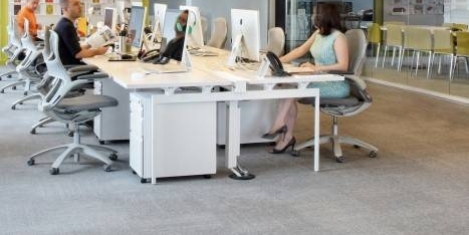
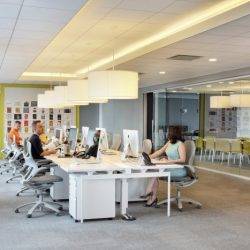



 Employees would like more freedom and flexibility at work with over half believing that the structure and culture of their workplaces are holding them back from doing their job more effectively (55 percent and 53 percent respectively). That’s according to new research from ILM, which has launched a new
Employees would like more freedom and flexibility at work with over half believing that the structure and culture of their workplaces are holding them back from doing their job more effectively (55 percent and 53 percent respectively). That’s according to new research from ILM, which has launched a new 

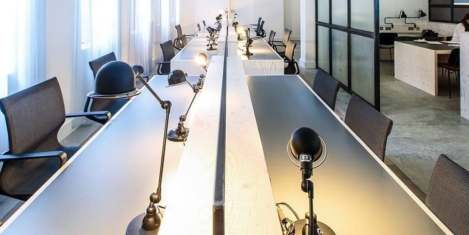





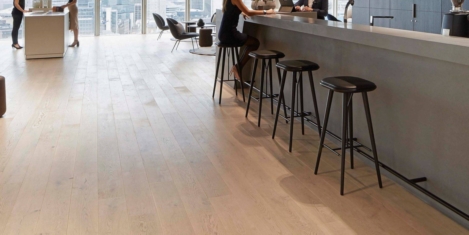
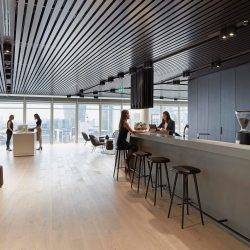












February 13, 2017
Neuroscience can function as a management tool for personal development 0
by Mike James • Comment, Workplace
(more…)